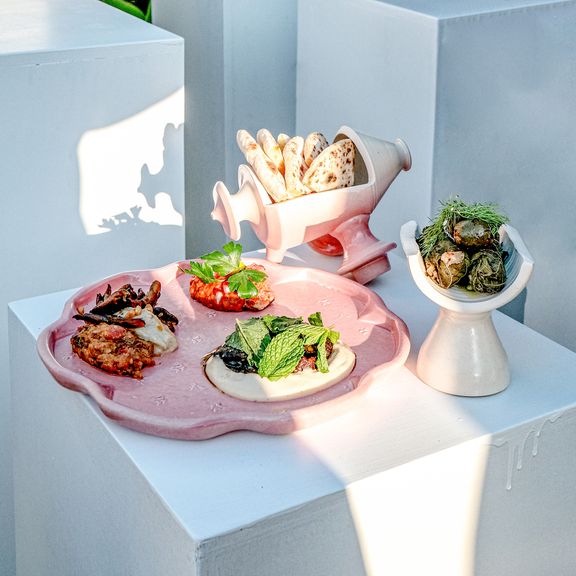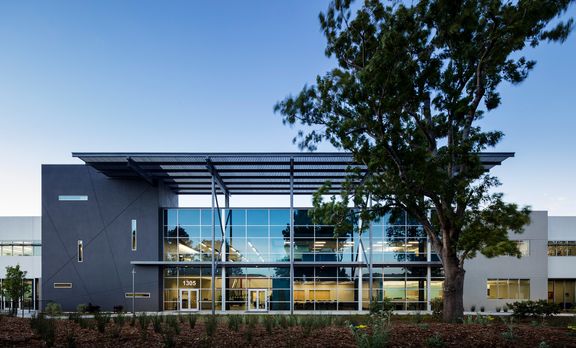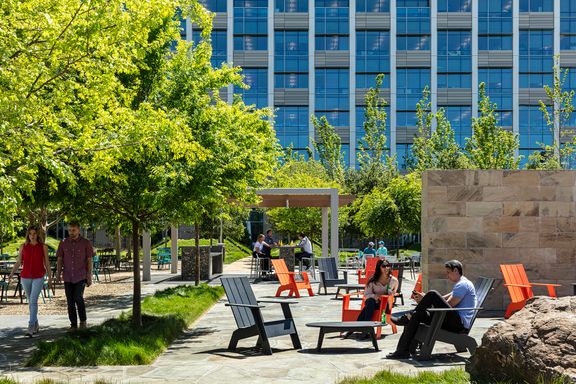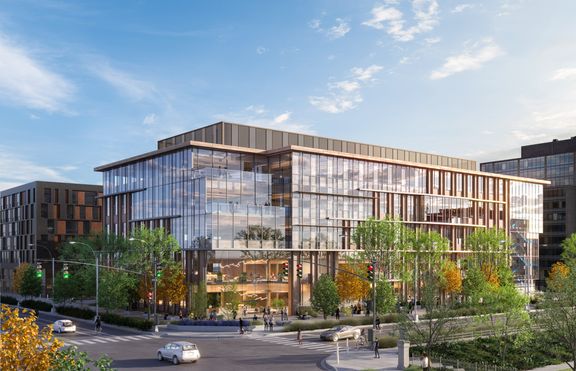Biophilic Design: A Healthy Dose of Nature
Reema Nagpal LEED AP BD+C, WELL AP
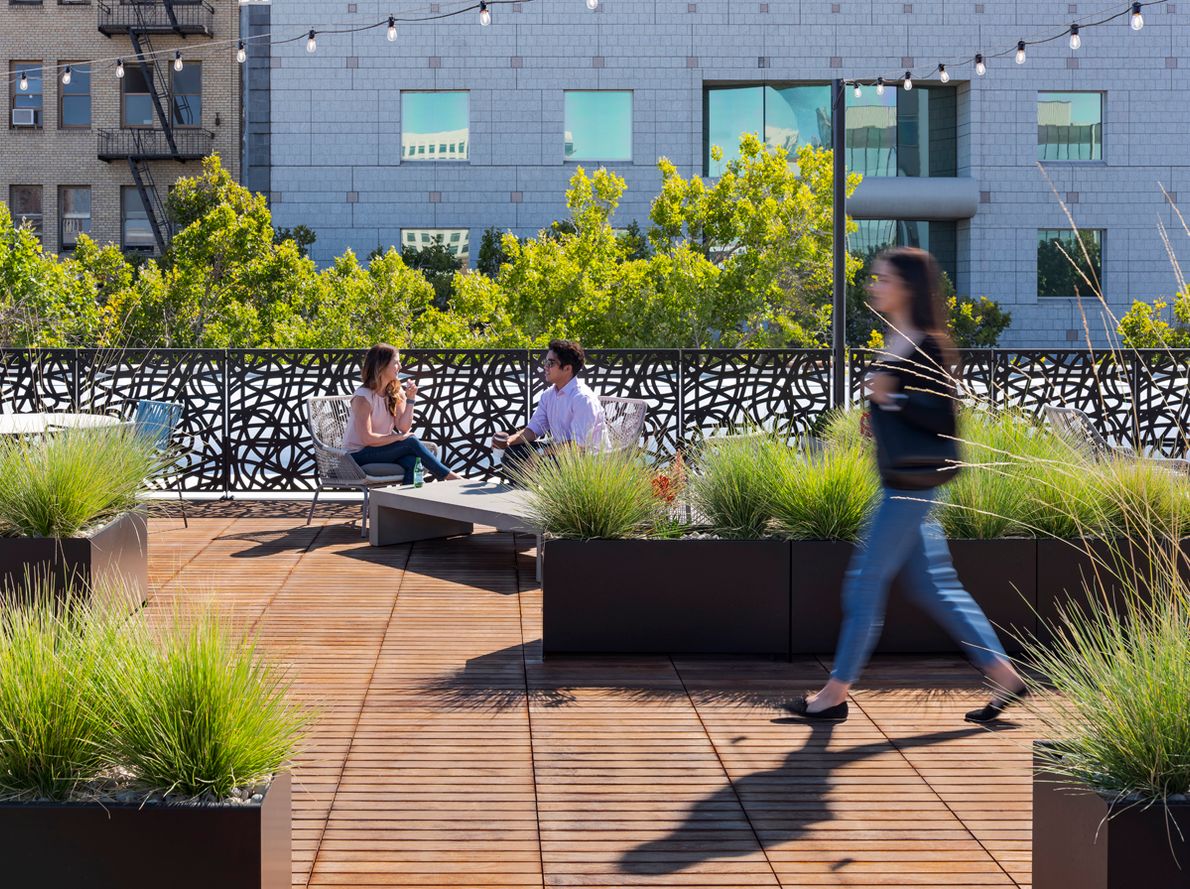
A sunlit terrace atop 1 West Santa Clara uses natural materials, patterns, and native landscaping to create a series
of outdoor meeting and restorative spaces for the building users.
As we focus on sustainability and conservation in design, it is important to acknowledge the connection between humans and nature: our health is inextricably linked. So, while we make design decisions to advance a more regenerative environment, it turns out designing with nature is good for us, too.
Research shows that access to nature can reset our mood, improve our focus, and recharge our energy. And with an increasingly urbanized population (coupled with ever-growing screen time), reconnecting people to nature is crucial for health and well-being.
Biophilic design is one of many ways that architects can make a difference.
What is biophilic design?
E.O. Wilson, Harvard University socio-biologist and conservationist, popularized the word ‘biophilia,’ which he defines as “the urge to affiliate with other forms of life”. Essentially, the concept of biophilic design is centered around the idea that integrating nature into the built environment can have positive effects on human health and well-being—an approach advocated by our sustainability team.

Kenny Hung AIA, LEED AP BD+C, WELL AP, Fitwel Amb
Senior Associate | Director of Sustainable Design
Biophilic design—a good investment
Research indicates there are many benefits of biophilia, and they can have direct influence on mood and even workplace performance. If daylighting is good, views of nature are even better.
Companies spend 90% of their business operating costs on their employees, including salaries and benefits. So, even a modest improvement in employee health or productivity can have a huge financial implication for employers.
A case study done at the Sacramento Municipal Utility District’s LEED Gold certified call center in California confirms the influence of visual connection to nature. It was found that all the employees had great access to daylight, but the workstations were perpendicular to the window which made it difficult for the occupants to see the views outside without moving their chairs. When the workstations were repositioned at an angle such that employees could see the trees in their peripheral vision, the $1,000 investment led to a 6% gain in call handling efficiency. (LEED v4 Practices, Certification and Accreditation Handbook)
DES’s sustainability team shares research and ideas with our designers to infuse the early phases of project design with inspiration and technical innovation. Educating the team and planting seeds early in a project’s development has a positive impact. And integrating nature has a lot of benefits.

Reema Nagpal LEED AP BD+C, WELL AP
Wellness Practice Lead
At DES, we look to this biophilic framework as we approach the design of our work at many scales. Here are some examples drawn from our projects:
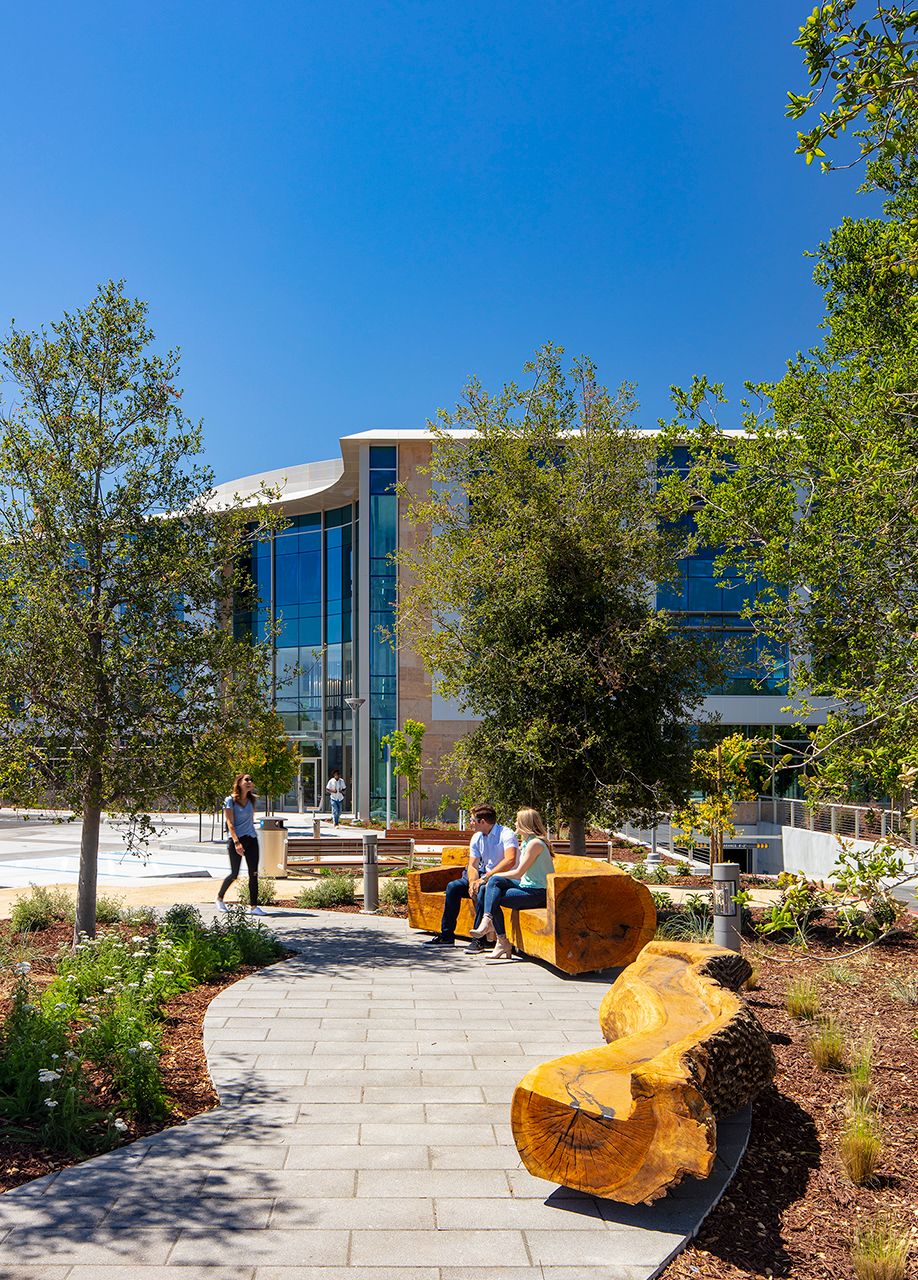
This urban oasis uses “fallen” coastal live oak trees as both design theme and materials for a new green space in a small office development. Salvaged wood was given new life in the design of benches.
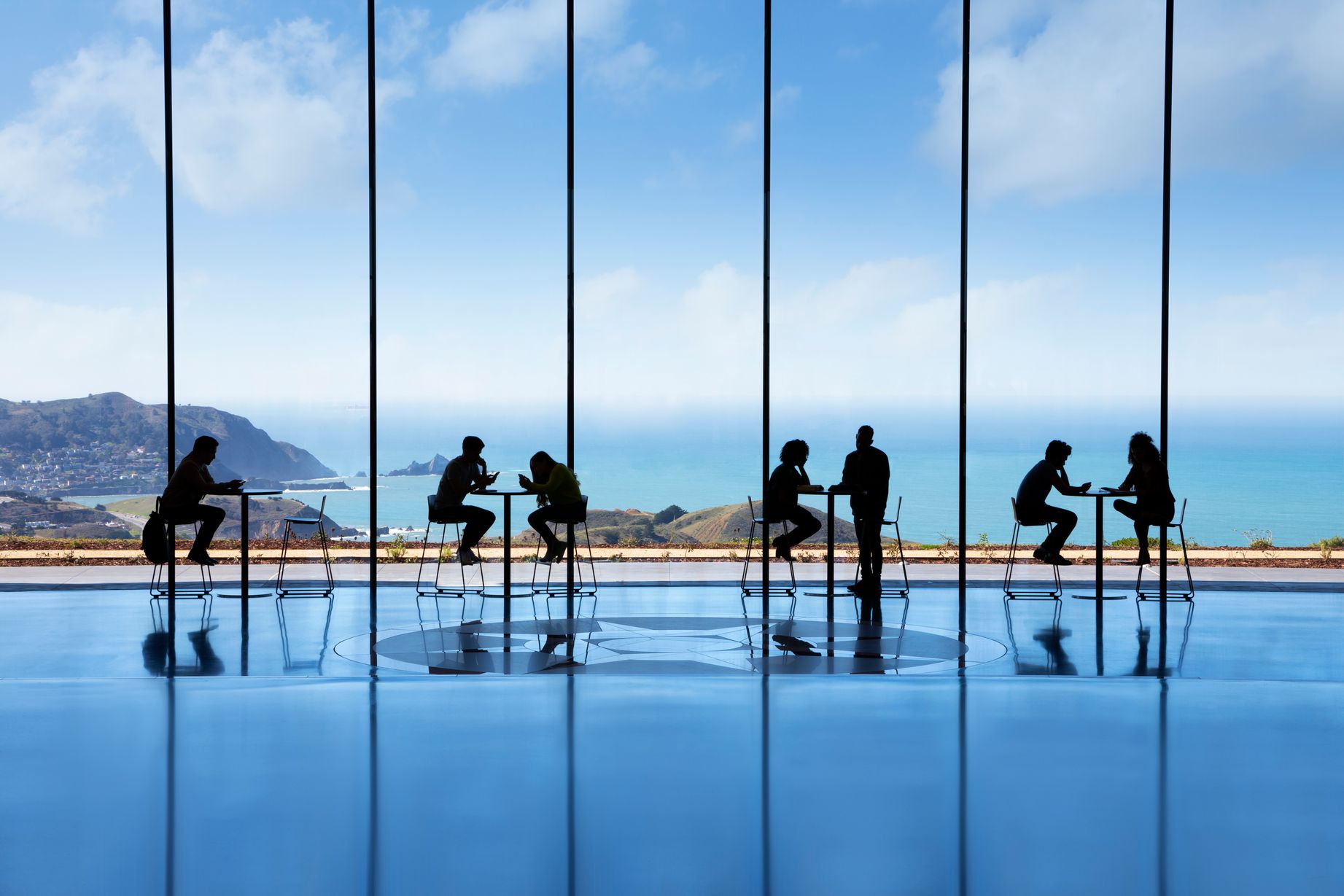
This flexible, daylit space at Skyline College offers a healthy dose of nature through its expansive view, which also gives physical expression to education’s ability to expand one’s horizon.
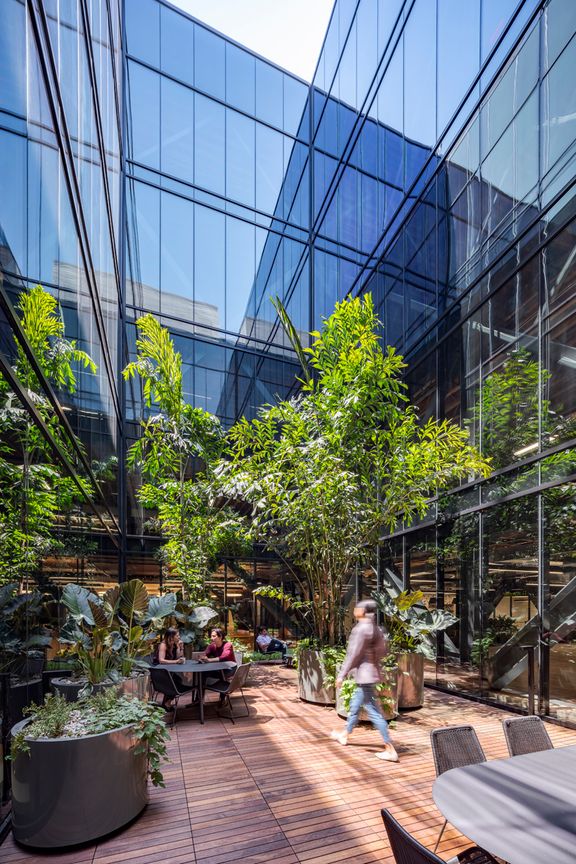
Adding life and vibrance to a once-dark basement, the outdoor atrium at 1 West Santa Clara provides a respite from the workday. Visible from every floor of the four-story adaptive reuse, the space performs double duty as inhabitable gathering space and lightwell.
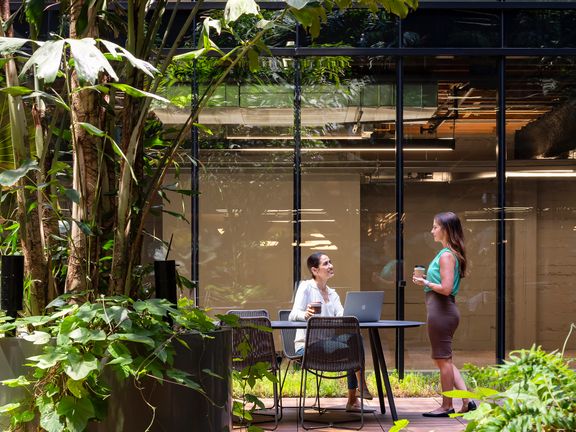

Kenny Hung AIA, LEED AP BD+C, WELL AP, Fitwel Amb
Senior Associate | Director of Sustainable Design
